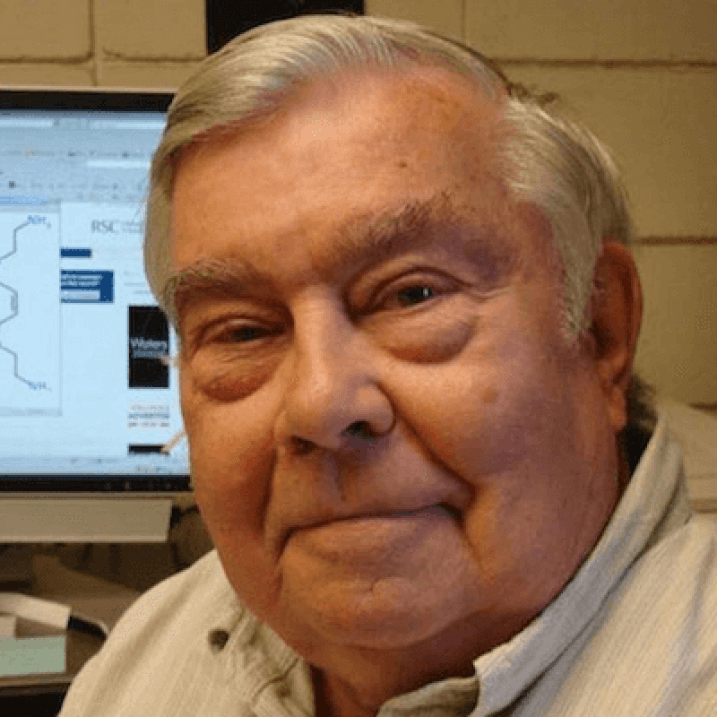BIO
Dr. Krapcho completed his graduate studies under Aksel Bothner-By at Harvard in 1958. He taught at Smith College and was a postdoctoral research associate with Philip Skell at Penn State before joining the Vermont faculty in 1960. He has been a Fulbright Fellow in France, a Research Scholar at Stanford and Duke Universities, and a Visiting Professor at the Cancer Research Laboratory of the University of Auckland Medical School in Auckland, New Zealand. He was the University Scholar in Physical Sciences for 1990-1991.
Publications
Bio
Dr. Krapcho completed his graduate studies under Aksel Bothner-By at Harvard in 1958. He taught at Smith College and was a postdoctoral research associate with Philip Skell at Penn State before joining the Vermont faculty in 1960. He has been a Fulbright Fellow in France, a Research Scholar at Stanford and Duke Universities, and a Visiting Professor at the Cancer Research Laboratory of the University of Auckland Medical School in Auckland, New Zealand. He was the University Scholar in Physical Sciences for 1990-1991.
Publications
RESEARCH AND/OR CREATIVE WORKS
A number of important anticancer agents intercalate into DNA, and the energetics of this interaction contributes to their cytotoxicity. The high affinity of intercalants results in the persistence of drug molecules in DNA giving rise to toxic effects (such as topoisomerase II interactions) which may lead to cell cycle arrest and DNA degradation. As part of a program designed to more fully understand the mechanism of cytotoxicity of chemotypes related to the anthracene-9,10-dione, mitoxantrone (1), we have synthesized bioisosteric analogues. The rationale for the study of these compounds is based on their higher ability to intercalate into DNA (relative to the carbocyclic model) which should decrease their dissociation rate from the complex, and therefore exhibit higher antitumor activity. We have shown that the position of the nitrogen atom in the heterocycle dramatically changes the antitumor response. The in vitro and in vivo data showed the 2-aza compound 2 was curative against L1210 murine leukemia whereas the 1-azaanthracene-9,10-dione was devoid of biological activity.
The synthesis of bioisosteric models related to 1 has led to the chromophore-modified aza-anthrapyrazole such as compound 3. This substrate shows outstanding antitumor activity and will shortly enter Phase I clinical evaluation. In addition, hydroxylated analogues related to compound 3 have been prepared and also exhibit promising anticancer properties. Mechanistic studies related to the events of cell killling effected by these compounds are also being evaluated (topoisomerase II interaction, DNA binding). An understanding of the mechanism of action of these chemotypes will guide our efforts to design new anticancer drugs with higher therapeutic activities. Naturally occurring benzo[g]isoquinoline-5,10-diones have also been synthesized using organo zinc reagents and Ni or Pd catalyzed strategies.
